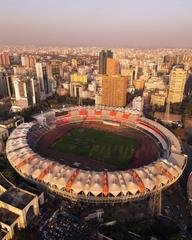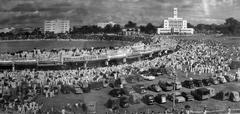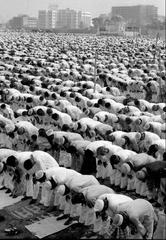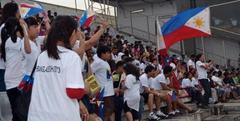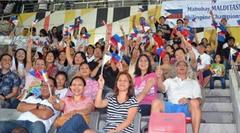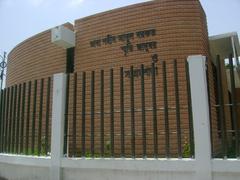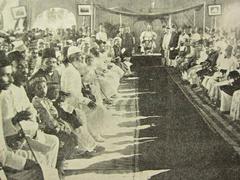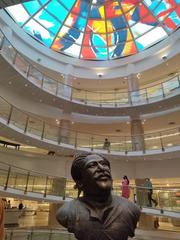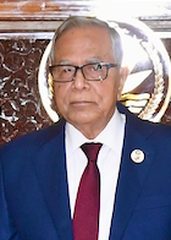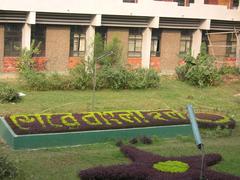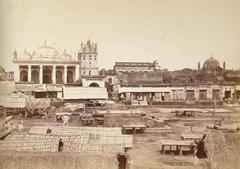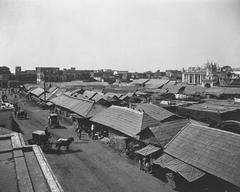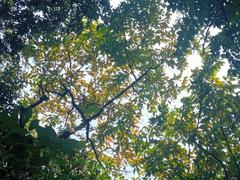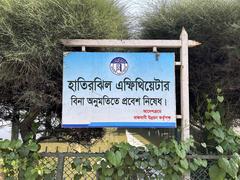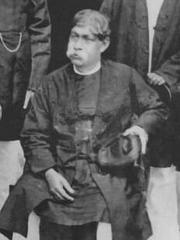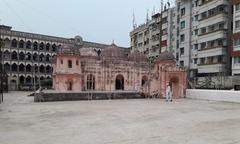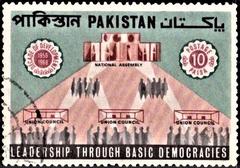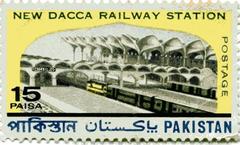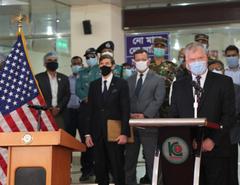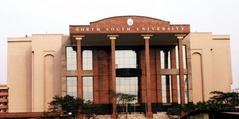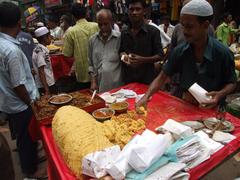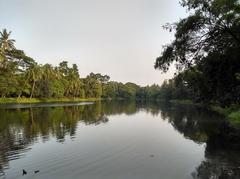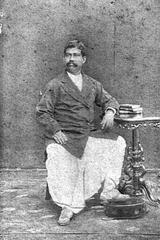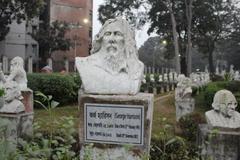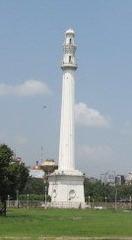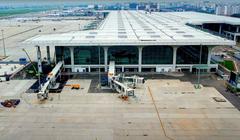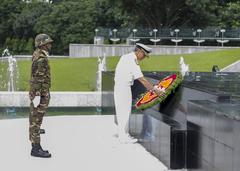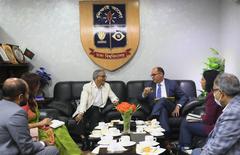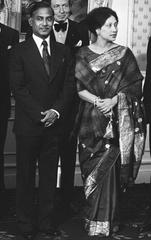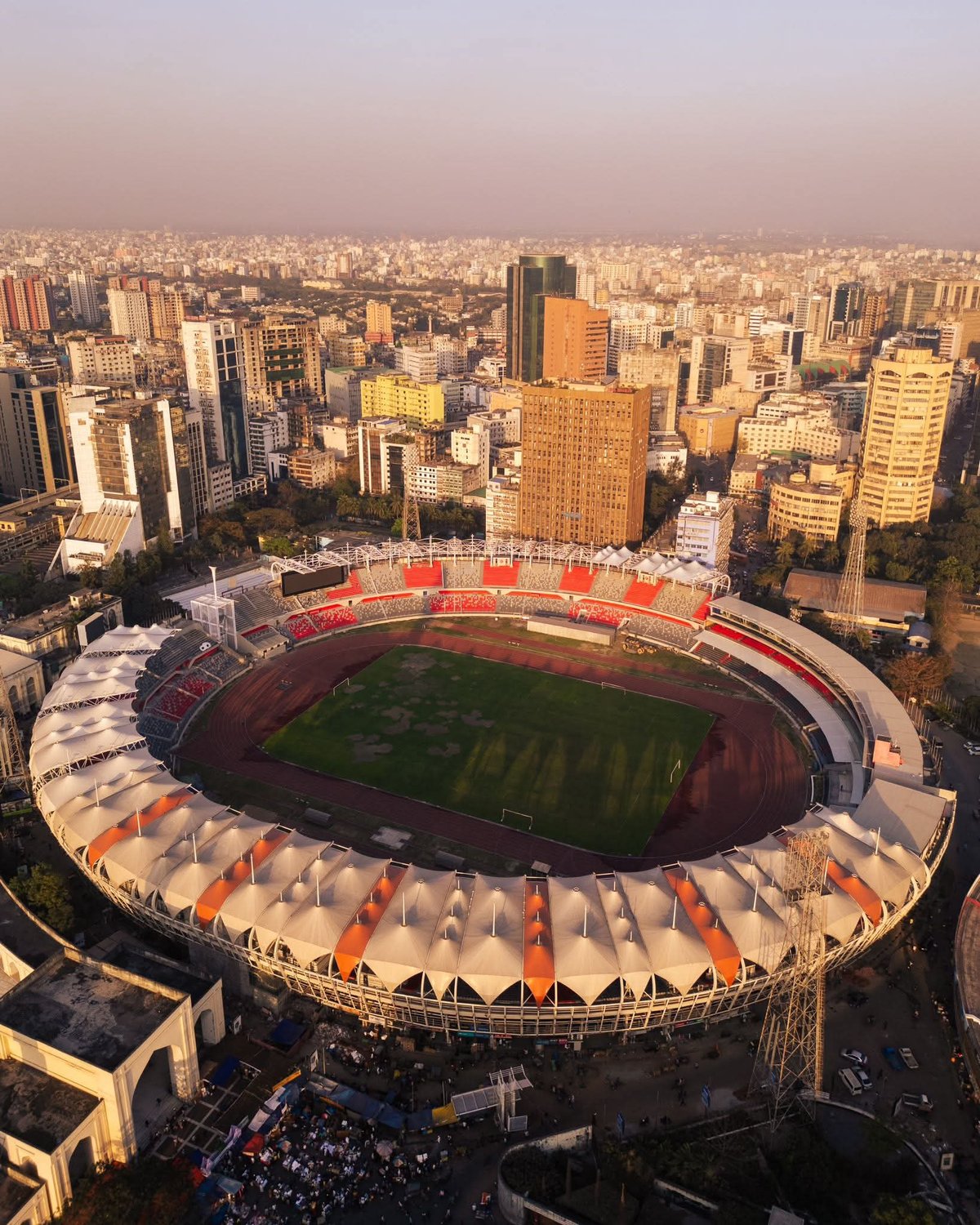
Bangabandhu National Stadium: Visiting Hours, Tickets, and Comprehensive Guide to Dhaka’s Iconic Landmark
Date: 14/06/2025
Introduction
Bangabandhu National Stadium, located at the heart of Dhaka, Bangladesh, stands as a monumental symbol of the nation’s sporting, political, and cultural heritage. Constructed in the 1950s and shaped by traditional Bengali pottery design, the stadium has evolved into a central hub for major sports events, historic moments, and national celebrations. From being the site of Sheikh Mujibur Rahman’s declaration of independence in 1971 to hosting international football and cricket fixtures, Bangabandhu National Stadium represents the spirit and resilience of Bangladesh.
This detailed guide provides an overview of the stadium’s rich history, architectural highlights, practical visitor information, travel tips, and key nearby attractions. Whether you are a sports enthusiast, history buff, or traveler exploring Dhaka’s heritage, this article will help you make the most of your visit.
Table of Contents
- History and Cultural Significance
- Architectural Highlights and Modernization
- Visiting Information
- Spectator Experience and Facilities
- Special Events and Guided Tours
- Nearby Attractions and Things to Do
- FAQs
- Visitor Tips
- Conclusion and Call to Action
- References and Further Reading
History and Cultural Significance
Origins and Early Development
Bangabandhu National Stadium, originally named Dhaka Stadium, was constructed between 1954 and 1956 (Wikipedia). Its unique oval design, inspired by the Bengali ‘Shidol’ pottery, set it apart architecturally. Initially, it served as a multi-purpose venue for cricket, football, athletics, and large-scale public gatherings, accommodating up to 55,000 spectators (Press Xpress).
Key Historical Milestones
- Cricket and International Recognition:
The stadium is the only venue to have hosted the inaugural home Test matches for both Pakistan and Bangladesh. It hosted Pakistan’s first home Test against India in 1954–55 and Bangladesh’s first unofficial Test against the MCC in 1976–77 (Sports Digest). - Political and National Importance:
In 1971, Sheikh Mujibur Rahman declared Bangladesh’s independence at a historic rally here, cementing the stadium’s role as a symbol of unity and freedom (T Sports Live BD). - Football Heritage:
The stadium hosted the historic Dhaka First Division League, the AFC Youth Championship in 1978, and the renowned Dhaka Derby, making it the country’s premier football venue (Wikipedia). - Other Notable Events:
In 1978, Muhammad Ali’s exhibition boxing match brought global attention to the stadium (Wikipedia).
Naming and Symbolism
Originally Dhaka Stadium, the venue was renamed Bangabandhu National Stadium in 1996 to honor Sheikh Mujibur Rahman. In June 2025, it reverted to the official name “National Stadium,” but its enduring association with Bangabandhu remains (TBS News).
Architectural Highlights and Modernization
Structure and Capacity
The stadium’s oval, open-air design includes multiple galleries, VIP boxes, and modernized seating for up to 36,000 spectators, later adjusted to 22,085 during recent renovations (Wikipedia). The moat surrounding the field not only adds aesthetic value but also enhances security (T Sports Live BD).
Renovations and Innovations
Significant upgrades were made in 2010 ahead of the 2011 ICC Cricket World Cup, including:
- New sound systems and LED screens
- VIP boxes and a modern media center
- Floodlights for night events
Recent renovations introduced tensile fabric covers for shade, improved drainage systems, and upgraded athlete and media facilities (The Business Standard). These changes reflect a focus on sustainability, energy efficiency, and spectator comfort.
Visiting Information
Visiting Hours
- General Hours: 9:00 AM to 6:00 PM daily
- Event Days: Gates open 2–3 hours before event time; check for variations during special events
Tickets and Entry
- Pricing:
- Regular matches: BDT 50–500
- VIP events: BDT 1,000 or more
- Purchase Points:
- Entry:
- Bring valid photo ID
- Arrive early for security checks (bag inspections, metal detectors)
Accessibility
- Wheelchair-accessible entrances, ramps, and seating areas
- Assistance available upon request
- Restrooms designed for accessibility
Travel Tips
- Location: Adjacent to Motijheel, central Dhaka
- Transport:
- Rickshaw, taxi, ride-sharing apps (Uber, Pathao)
- Public buses stop at Stadium and Paltan
- Nearest metro: Suhrawardy Udyan station
- Limited parking—public transport recommended
Spectator Experience and Facilities
- Seating: Upgraded benches, VIP sections, shaded galleries
- Concessions: Local snacks (samosas, fuchka, biryani); beverage and water kiosks
- Restrooms: Modern and accessible; busy during peak hours
- Security: Surveillance cameras, uniformed staff, medical stations
- Souvenirs: Temporary stalls and merchandise shops during major events
Attendees can expect a lively atmosphere, especially during football matches, with enthusiastic crowds, team chants, and vibrant displays of national pride.
Special Events and Guided Tours
- Annual Events: Bangabandhu Gold Cup, Independence Day, South Asian Games, international friendlies
- Guided Tours:
- Occasionally available through the National Sports Council or authorized operators
- Tours may include access to locker rooms, media centers, and the main field
- Advance booking required
Nearby Attractions and Things to Do
Enhance your visit by exploring these nearby landmarks:
- Baitul Mukarram National Mosque: Bangladesh’s national mosque, renowned for its architecture
- Liberation War Museum: Chronicling the nation’s independence struggle
- Ramna Park & Suhrawardy Udyan: Green spaces for relaxation and recreation
- Old Dhaka: Colonial architecture, street life, and culinary delights
For accommodation, Motijheel and Gulshan offer a range of hotels. Essential services such as ATMs, pharmacies, and restaurants are readily available (Lonely Planet).
FAQs
Q: What are the regular visiting hours?
A: 9:00 AM to 6:00 PM, varying on event days.
Q: How can I buy tickets?
A: Online via Shohoz, BFF, or at the stadium box office.
Q: Is the stadium accessible for visitors with disabilities?
A: Yes, with ramps, elevators, and designated seating.
Q: Are guided tours available?
A: Occasionally, through official channels; inquire in advance.
Q: What are nearby attractions?
A: Baitul Mukarram Mosque, Liberation War Museum, Ramna Park, and Old Dhaka.
Visitor Tips
- Plan Ahead: Check event schedules, book tickets early, and confirm visiting hours.
- Arrive Early: Avoid congestion, especially on event days.
- Use Public Transport: Parking is limited; public transit is more convenient.
- Dress Appropriately: Lightweight clothing and sun protection are recommended.
- Respect Local Customs: Observe national ceremonies and stadium etiquette.
- Stay Hydrated: Bring a water bottle, especially during hot months.
Conclusion and Call to Action
Bangabandhu National Stadium is more than just a venue—it is an enduring emblem of Bangladesh’s unity, sportsmanship, and cultural vibrancy. From legendary football and cricket matches to historic political milestones, every visit promises a meaningful connection to the nation’s heart.
Plan your visit today! For up-to-date event information, ticketing, and exclusive experiences, download the Audiala app and follow us on social media. Make your trip to Dhaka unforgettable by combining your stadium visit with the city’s rich array of historical and cultural attractions.
References and Further Reading
- Wikipedia: National Stadium Dhaka
- Press Xpress: Bangabandhu National Stadium
- T Sports Live BD: Bangabandhu National Stadium Legendary History
- The Business Standard: Subtle Art of Stadium Design
- Bangladesh Football Federation – Bangabandhu National Stadium
- Shohoz – Ticketing Platform
- Lonely Planet: Bangabandhu National Stadium
- TripAdvisor: Bangabandhu National Stadium Reviews
- Google Maps: Location
